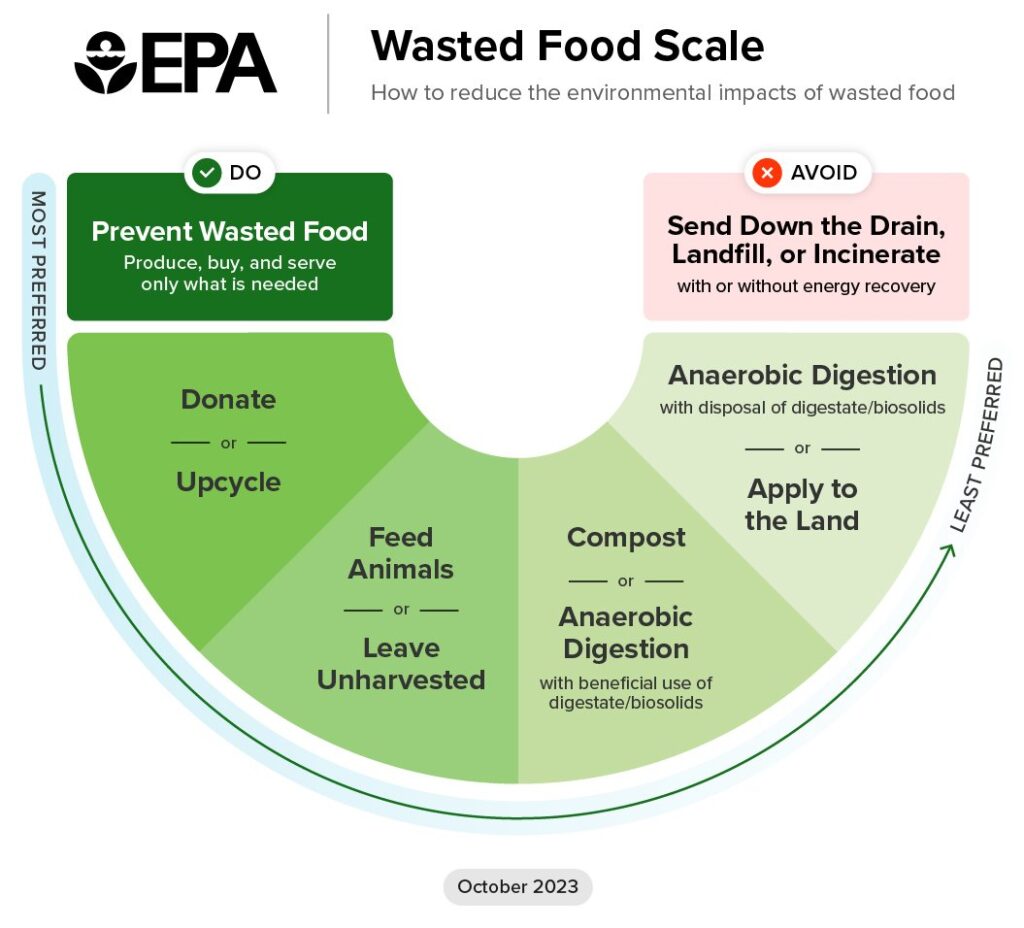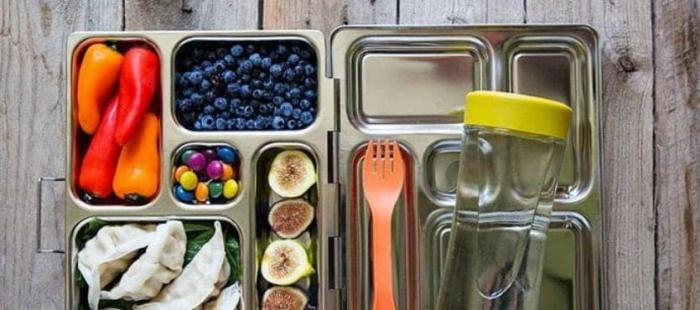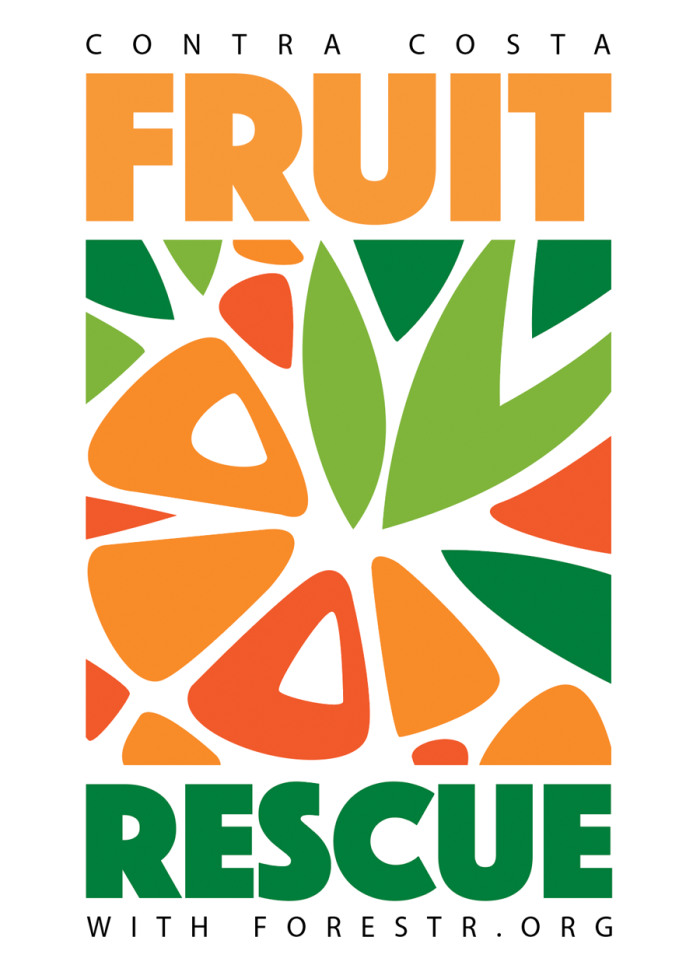Feeding Hungry People and Reducing Food Waste
The State of California estimates that over 30% of the material going to local landfills is organic material, which includes food, while one out of every six people in Contra Costa County are food insecure and struggle to find their next meal.
When we make the most of our food, we ease the pressure on the food supply system, help the environment and save money!
At Home
Now that we are eating more meals at home, we can reduce food waste by planning ahead.
- Shop your fridge first!
- Plan your meals.
- Shop locally to reduce your food miles.
- Understand “sell by” and “use by” date labels.
- U.S. Food and Drug website page.
- Store food properly in your fridge and freezer.
- Recycle empty, clean and dry food containers.
- Compost food scraps and food soiled paper in your green organics cart.
- Set up a compost bin or worm bin to reuse food scraps at home for a healthy garden
Gleaning in Contra Costa County
Do you have fruit trees on your property that produce more than your household can consume, or with fruit that falls to the ground wasted? Register your trees with Contra Costa Fruit Rescue! Your valuable fruit can be harvested and donated to feed people. Contra Costa Fruit Rescue has already gleaned over 700 pounds of fruit in 2023! You can also sign up for a volunteer event to help!
At Work
California state law SB 1383 and RecycleSmart Ordinance No. 21-1 require some businesses (Tier One & Tier Two Commercial Food Generators) to donate excess edible food. But even if not required, donating extra food to feed hungry people makes sense.
Contra Costa County has developed a list of local Food Recovery Organizations and Services. Contact a vendor of your choice and start donating food today!
Click here to download the RecycleSmart Food Donation brochure (in partnership with Contra Costa Health Services).
Food Safety and Food Donation in Contra Costa County
The County Health Services Department has developed information and tools for businesses to safely donate extra food.
- Donating Food Safely in Contra Costa County
- Food Distribution Map
Laws Around Donating Food
Both Federal and State law provide liability protections for good faith food doners.
- California Good Samaritan Food Donation Act (AB 1219 2017)
- Federal Bill Emerson Good Samaritan Food Donation Act
At School
- Promote and establish a Zero Waste Lunch school culture.
- Implement smarter lunch room practices.
- Observe where improvements can be made for a cafeteria waste sorting station, especially finding ways to reduce contamination.
- Consider having student station sorting monitors.
- Set up worm composting and/or a compost bin to compost lunch time fruits and veggies.
- Track potential surplus food that could be donated.
- Establish a food donation partner for surplus food.
- Reach out to our schools program coordinator for direct support, assistance and supplies.






